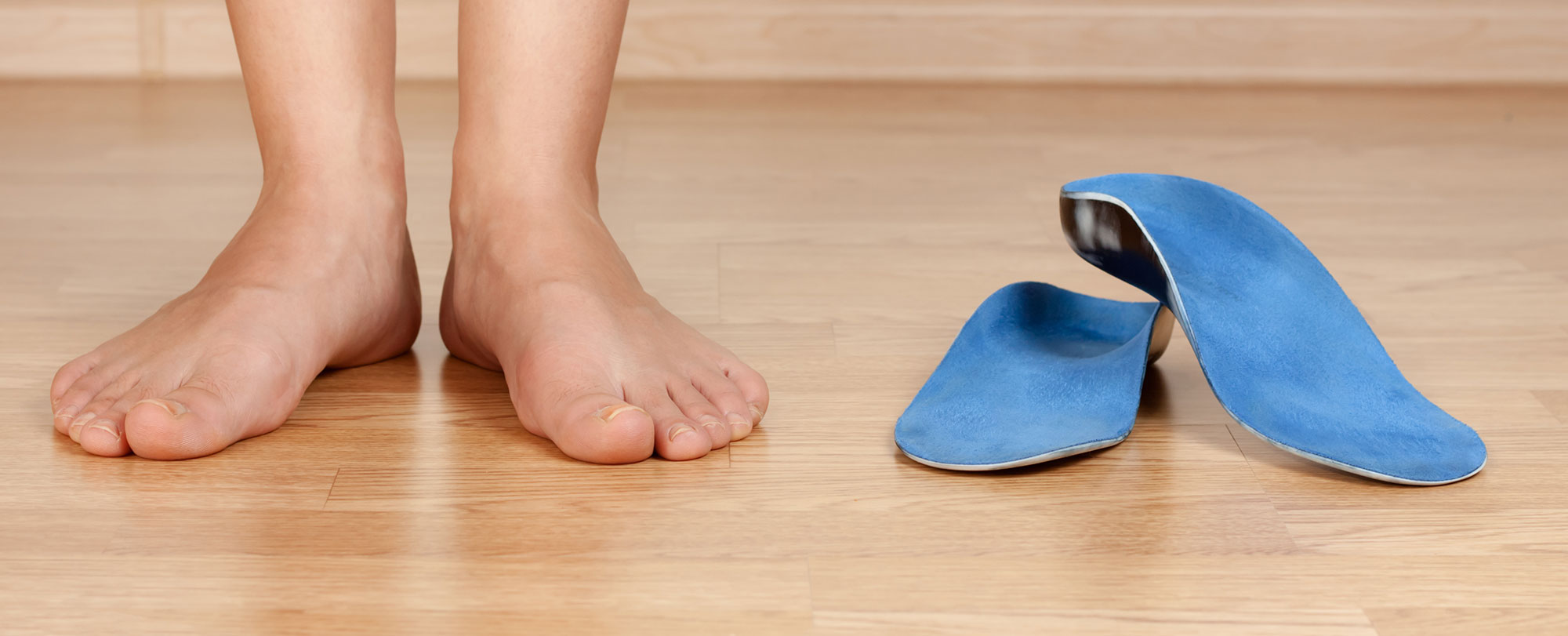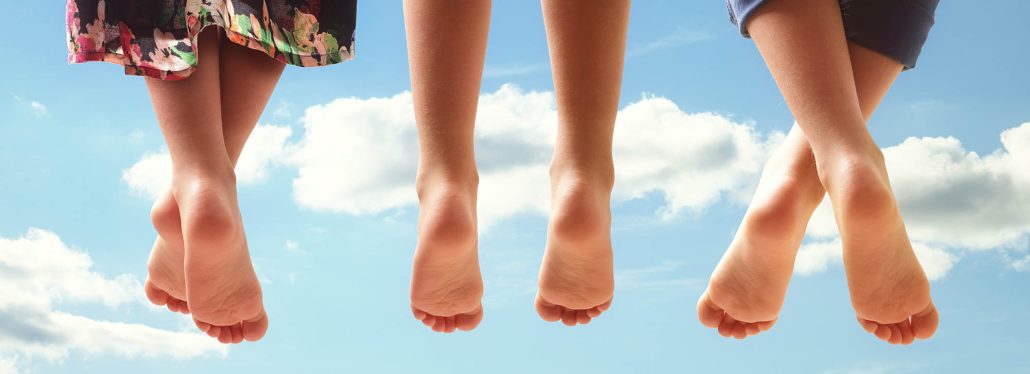
Custom Made Foot Orthotics.
Your feet are your foundations.
Don’t put up with sore and painful feet!
There are many things we can do to help you:
Custom foot orthotics are specifically designed to reduce and eliminate pain, improve stability and comfort. They help to maintain a fluent gait pattern and align the foot/ankle/knee and hip to achieve optimal biomechanical symmetry.
If you have flat feet, or your ankles feel unstable, a gait analysis and assessment can confirm as to whether custom foot orthotics may be prescribed to restore a neutral foot/ankle position to reduce nerve compression and maintain sound lower limb biomechanics.
Foot orthotics are individually made to meet each clients functional demands and activity levels. Accordingly, we use a range and combination of both soft and firmer materials in order to achieve the correct balance of foot support/control and cushioning. They can be made full length, ¾ length or variations upon this. Foot orthotics can be used in runners, work shoes, boots and most types of footwear.
When your orthotics are prescribed, you will also be given clear instructions about any relevant stretches or exercises you can do at home to help. Footwear advice, as well as other useful tips, will be discussed at your initial consultation.

Plantar Fasciitis/Heel Spurs
The most common foot pain is felt in the heel and is often referred to as Plantar fasciitis or heel spurs.. It may present as a dull ache or a sharp jabbing pain. People suffering from heel pain often find the pain to be debilitating. This pain can be felt first thing in the morning, during or after exercise, and even after resting. Plantar fasciitis is the most common cause of heel pain. It is commonly seen in 35-65 year olds, and over any considerable period of time it worsens.
Many over the counter treatment options are readily available: silicon heel pads, cushioned inserts, and off-the-shelf foot orthotics. Your doctor may have prescribed anti-inflammatories or suggested a cortisone injection. However, many clients find that these options have limited benefits.
We have found custom foot orthotics for Plantar Fasciitis have a high long term success rate, and may include:
- soft heel centres to maximise shock absorption at heel impact,
- firmer support through the middle of the foot to reduce the load through the heel.

Metatarsalgia
Need cushioning under the ball of your foot?
You may be suffering from Metatarsalgia – a term often used to describe pain in the ball of the foot (or forefoot). It involves the “knuckles of the foot” which are referred to as the metatarsal heads. The pain may involve one or two metatarsals, or may spread across all 5. This can be due to inflammation, intermetatarsal bursitis, or loss of fatty (fibrous) padding under the metatarsal heads. Foot orthotics are designed to redistribute your weight more evenly and provide more cushioning to the painful area.
Mortons Neuroma
Burning? Tingling? Numbness? Feels like you’re walking on a pebble or wrinkled up sock?
You may experience a burning sensation accompanied with tingling and/or numbness in the toes. These symptoms may indicate a condition known as Mortons Neuroma. It might feel like you are walking on pebbles or a wrinkled up sock. A Mortons neuroma is an inflammation of a nerve that passes between the 3rd and 4thmetatarsals as a result of compressive forces. These forces are usually felt in footwear that is too narrow or tight or high heeled footwear. Foot orthotics with a metatarsal dome are prescribed to restore the metatarsal arch. This widens the space between the 3rd /4th metatarsals and minimises the compressive forces in the affected area.
Flat feet, or fallen arches, may either cause or exacerbate ball of foot pain. Foot orthotics are designed to restore your fallen arches, correct lower limb biomechanics, and reduce pain.
Severs Disease
Heel pain experienced by children that are usually involved with sport, high activity levels, and in particular running and jumping. Pain is usually felt during or after activity in the area where the Achilles tendon inserts into the back of the heel. It can be tender or painful to push on this area. Some children may be limping after their sporting activity as a result of the pain.
Although it shouldn’t lead to long-term problems, it is important to ensure the child has appropriate footwear, cushioning, and a calf stretching program. Foot orthotics are often prescribed to alleviate the pain so your child can return and continue with their sporting activities.
Leg Length Difference
You may not realise that one of your legs may be shorter than the other. Whether you are born with a leg length difference or it’s a result of a lower limb fracture or joint replacement, it can often go unnoticed. However, you may notice a slight limp when you walk, or your shoulder sits lower on one side, or your skirt or pants do not sit level across your waist.
Lower back, hip, knee and ankle pain are common complaints of those who have a leg length discrepancy.
A leg length discrepancy (or shortening) often leads to a compensatory or unnatural gait pattern. Often the knee on the shorter leg will bend back further (hyperextend) in order to straighten and maintain length, whilst the longer leg tends to bend/flex more to shorten.
Correct measurement of your limb length difference is paramount to how it is treated. A small difference of less than 1cm can usually be addressed inside the shoes. When the difference is greater than 1cm, it may require a shoe build-up.
Ankle Pain
Ankle pain may be felt whilst standing, walking or with increased activity levels. The pain can be mild, moderate or severe and may be experienced for short or long term, on and off or constant. It may due to one or more of the following:
- an ankle sprain,
- arthritis,
- muscle weakness,
- tendonitis,
- ligament laxity or instability,
- nerve compression (Tarsal Tunnel Syndrome- a nerve (posterior tibial nerve) can be compressed between bones on the inside of the ankle in an area known as the tarsal tunnel.